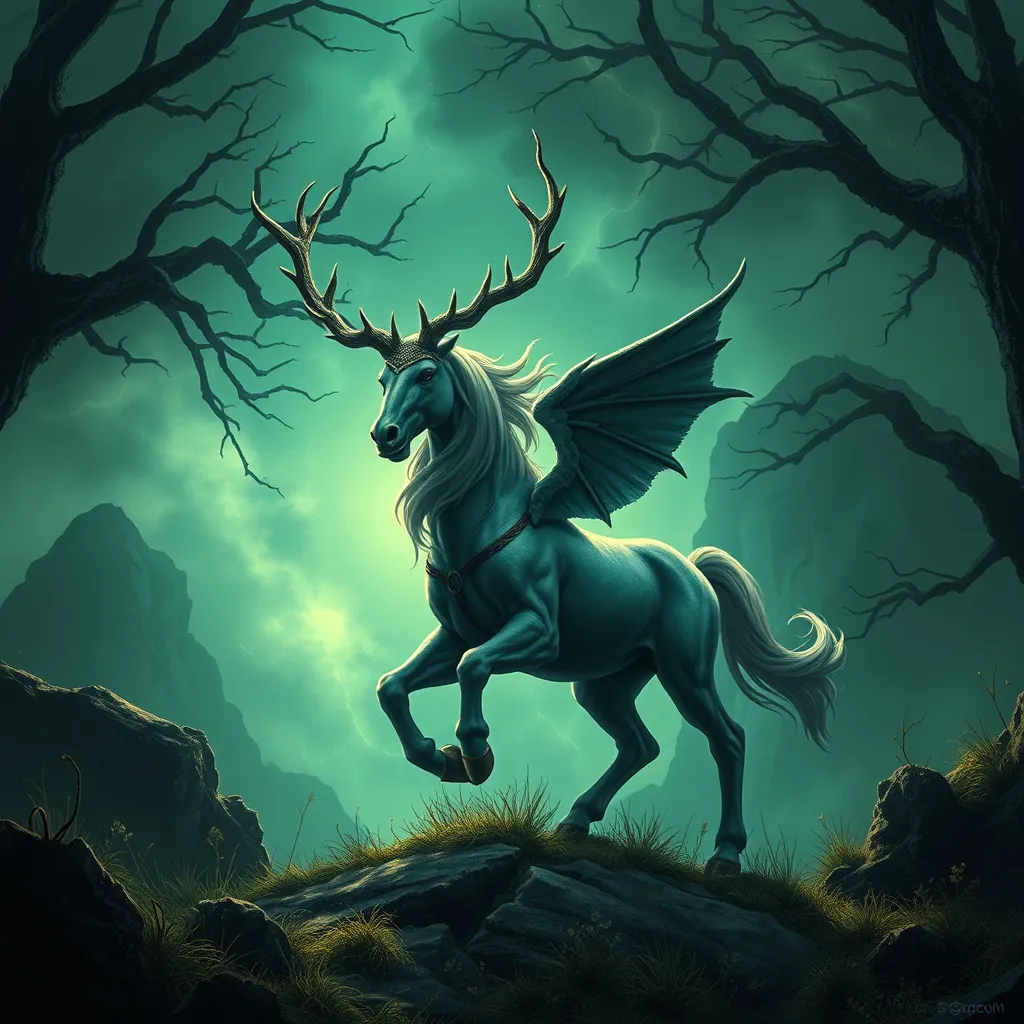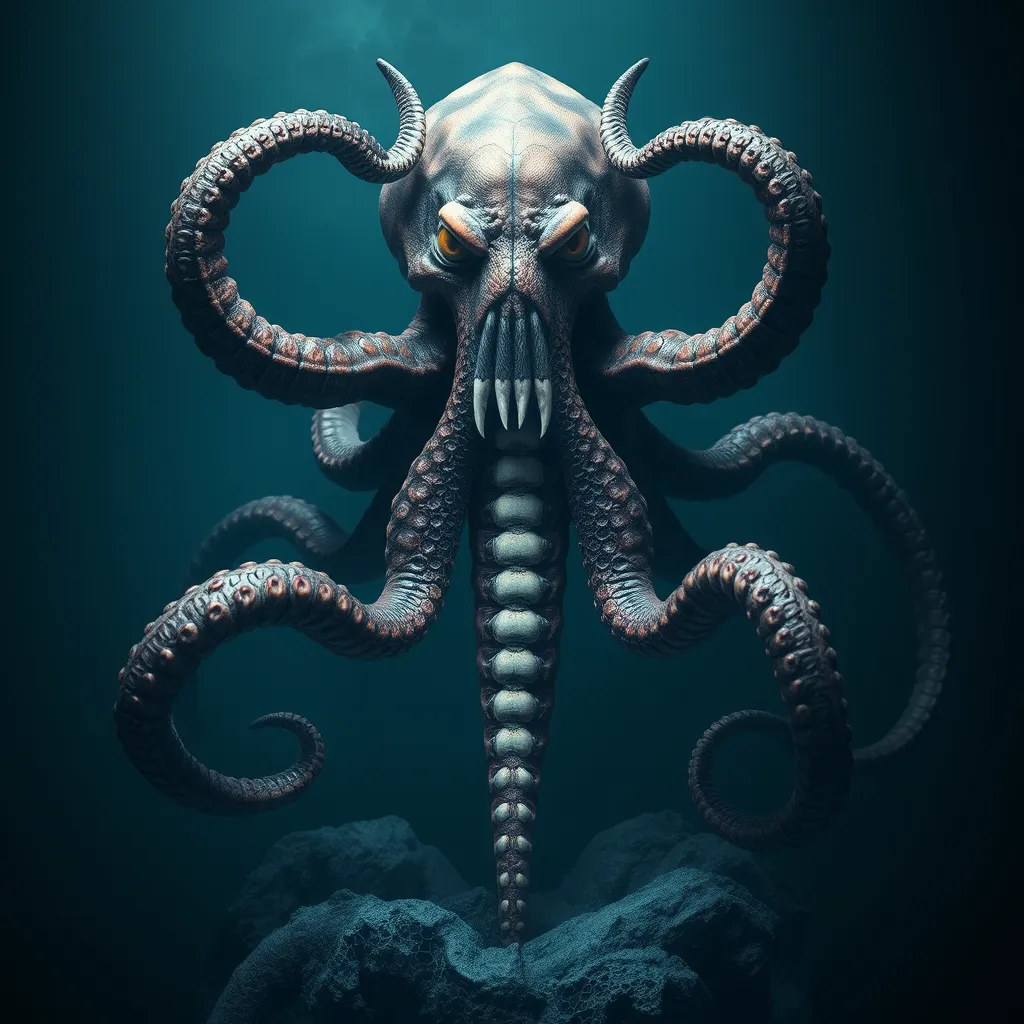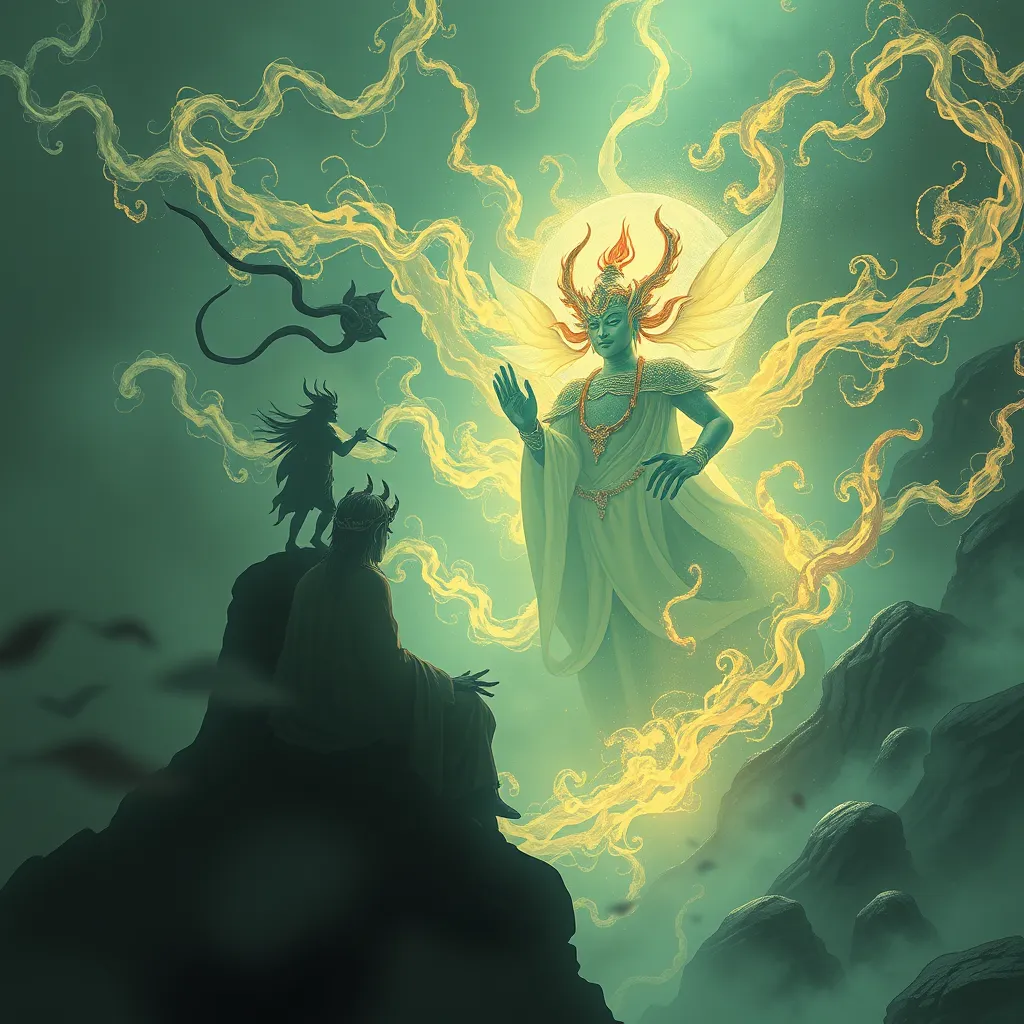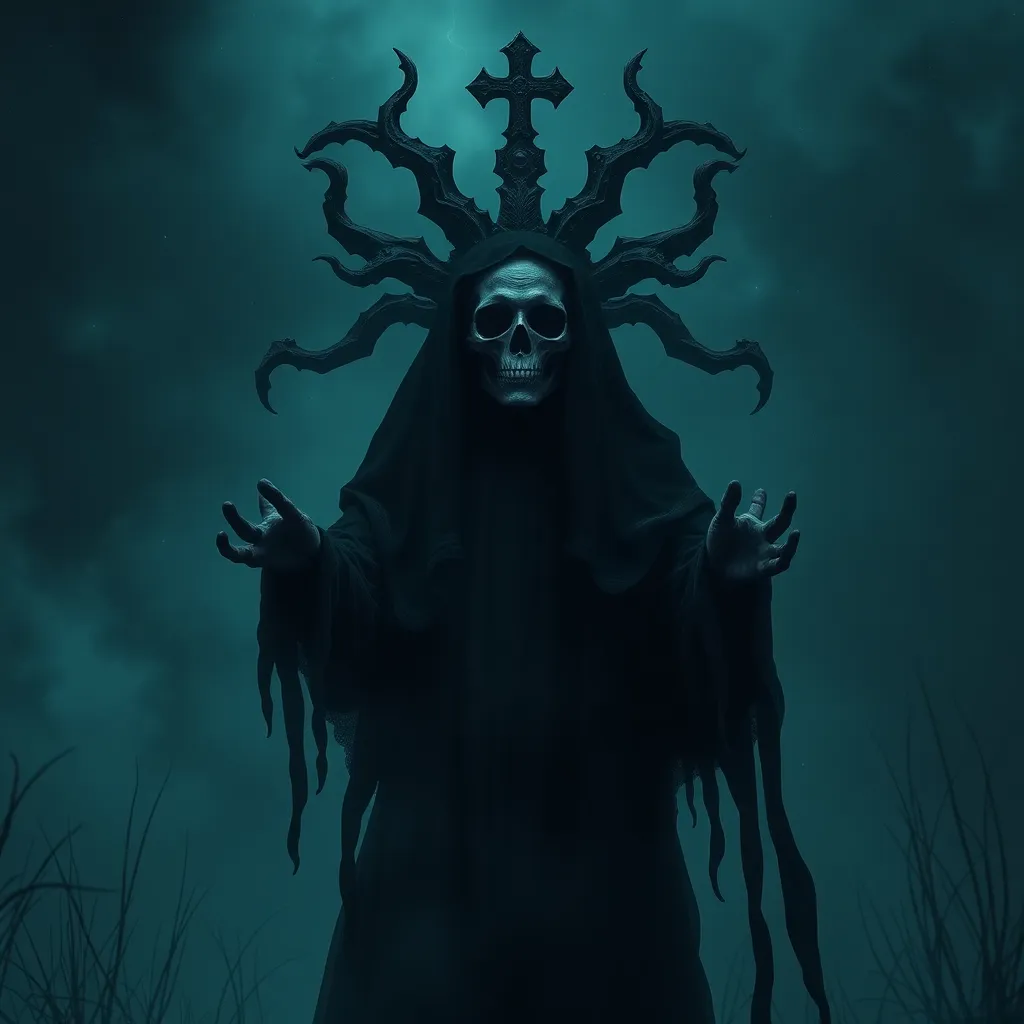The Centaur’s Journey: The Celtic Myth of the Centaurs’ Quest for the Otherworld
I. Introduction to Celtic Mythology and the Centaur Archetype
Celtic mythology is a rich tapestry of stories, beliefs, and traditions that have shaped the cultural landscape of Ireland, Scotland, Wales, and beyond. It is characterized by a deep reverence for nature, a pantheon of deities, and a multitude of mythical creatures. Central to this mythology are figures that embody both human and animal traits, offering profound insights into the human condition.
Among these figures, centaurs hold a unique place. Although more commonly associated with Greco-Roman mythology, the centaur archetype also appears in Celtic tales, representing a complex blend of civilization and the wild. These beings often symbolize the duality of nature, reflecting the balance between intellect and instinct, civilization and wilderness.
The centaur’s form—half-human, half-horse—illustrates the connection between humanity and the animal world, posing questions about identity, belonging, and the essence of existence.
II. The Origin of Centaurs in Celtic Lore
The historical roots of centaurs in Celtic lore are not as extensively documented as their Greco-Roman counterparts. However, there are accounts from ancient texts and folklore that suggest their presence. In Celtic tradition, centaurs are often depicted as fierce warriors and wise beings, embodying a deep connection to nature.
Unlike the debauched and chaotic centaurs of Greek mythology, Celtic centaurs often portray nobility and wisdom. They are guardians of the forest and champions of the natural world, emphasizing harmony with their surroundings rather than conflict.
Key texts that mention centaurs in Celtic mythology include:
- The Welsh Mabinogion, where various creatures reflect the complexities of nature.
- The Irish Táin Bó Cúailnge, which often features hybrid beings associated with the wilderness.
- Folklore collections that include tales of magical beings intertwined with the natural world.
III. The Concept of the Otherworld in Celtic Beliefs
The Otherworld is a central theme in Celtic mythology, often described as a realm of beauty, abundance, and eternal youth. It is a place where the laws of nature are suspended, and time flows differently. The Otherworld is not just a destination; it is a state of being that embodies the ultimate spiritual journey.
Characteristics of the Otherworld include:
- A land of everlasting joy and feasting, where time stands still.
- Home to gods, spirits, and heroes who have transcended the mortal realm.
- A reflection of nature, filled with lush landscapes, mystical creatures, and magical phenomena.
The Otherworld plays a vital role in the spirituality of the Celts, serving as a source of inspiration and a destination for the souls of the departed. It symbolizes the interconnectedness of the material and spiritual worlds, offering a glimpse into the divine.
IV. The Centaur’s Quest: Purpose and Motivation
The journey of the centaurs to the Otherworld is steeped in purpose and motivation. Centaurs embark on this quest not only to seek knowledge and enlightenment but also to confront their inner struggles and reconcile their dual natures.
Reasons for the centaurs’ journey include:
- The desire for transformation and self-discovery.
- A quest for balance between their human intellect and animal instincts.
- The search for a deeper connection with nature and the spiritual realm.
Themes of transformation and self-discovery are prevalent throughout their journey. As they navigate the challenges of the Otherworld, they encounter trials that force them to confront their fears, desires, and limitations. These quests echo a broader tradition in mythology, where heroes undergo transformative experiences that lead to personal growth and enlightenment.
V. Key Characters and Their Roles in the Journey
In the centaur’s quest, various characters play crucial roles, each contributing to the narrative’s depth and richness. Prominent centaur figures in Celtic mythology may include:
- Cernunnos: The horned god associated with nature and fertility, often depicted with animal traits.
- Fergus mac Róich: A legendary figure known for his wisdom and strength, reminiscent of centaur characteristics.
Supporting characters encountered during the journey may include mystical beings, spirits of the forest, and even human heroes. These characters often embody the lessons the centaurs must learn, guiding them towards self-awareness and understanding.
The symbolism of character archetypes in the journey reflects the dual nature of existence. The centaur represents the struggle between civilization and wildness, while supporting characters may represent various aspects of nature, spirituality, and human experience.
VI. Challenges and Trials Faced Along the Way
The path to the Otherworld is fraught with challenges and trials that test the centaurs’ resolve. Common obstacles in their quest include:
- Encounters with mythological creatures that embody chaos and conflict.
- Internal struggles that force them to confront their identity and purpose.
- Nature’s unpredictable forces that challenge their understanding of the world.
Mythological creatures and adversaries may take the form of fierce beasts, trickster spirits, or even malevolent deities, each representing the obstacles that must be overcome to achieve enlightenment. Through these trials, the centaurs learn valuable lessons about resilience, courage, and the importance of balance in their lives.
VII. The Arrival in the Otherworld: Transformation and Enlightenment
Upon reaching the Otherworld, the centaurs discover a realm that reflects their innermost desires and aspirations. It is a place of beauty and harmony, where they can explore their true selves without the constraints of the physical world.
The impact of the journey on the centaur characters is profound. They emerge transformed, having reconciled their dual natures and embraced their identities. The Otherworld serves as a mirror, allowing them to see themselves clearly and understand their place in the cosmos.
Parallels between the Otherworld and the human experience highlight the journey’s significance. Just as the centaurs embark on a quest for enlightenment, so too do humans seek understanding and growth in their lives. The lessons learned in the Otherworld resonate deeply, reminding us of the importance of connection, balance, and self-discovery.
VIII. Conclusion: The Legacy of the Centaurs’ Quest in Modern Culture
The enduring influence of Celtic mythology, particularly the tale of the centaurs’ quest, is evident in contemporary storytelling. These stories continue to inspire literature, film, and art, illustrating the timeless themes of transformation, duality, and the search for meaning.
The centaur, as a symbol of duality and harmony, reflects the complexities of the human experience. In a world that often feels fragmented, the centaur serves as a reminder of the importance of embracing all aspects of ourselves, finding balance between our civilized and instinctual natures.
In conclusion, the centaur’s journey to the Otherworld resonates today, offering insights into personal growth, the interconnectedness of life, and the eternal quest for understanding. As we navigate our own journeys, we can draw inspiration from these ancient tales, reminding us that the path to enlightenment is as much about the quest as it is about the destination.



